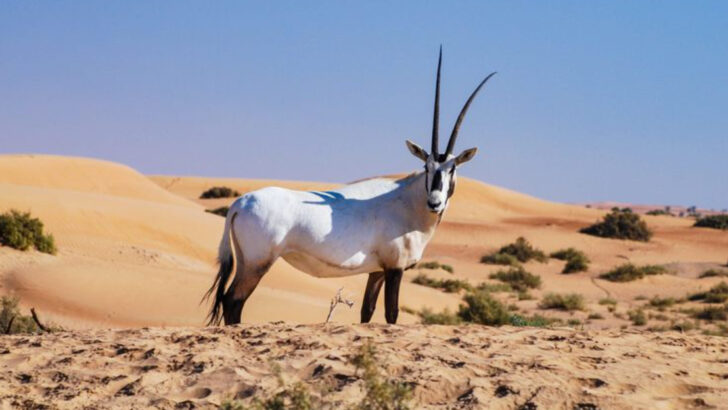They were nearly gone forever—erased from the wild like a ghost fading in the fog. But thanks to zoos around the world, these incredible animals didn’t vanish. They were given a second chance. From horses thought extinct to birds with only a handful of survivors left, some species were hanging on by a thread. Zoos stepped in not just as exhibits, but as lifelines—breeding, healing, and preparing animals for a return to the wild. The results? Nothing short of miraculous. These seven species remind us that when we care deeply and act boldly, recovery is possible—even from the edge of extinction. And some of them are already galloping, flying, and scampering back into their native homes.
California Condor

The California Condor, with its massive wingspan, once faced dire extinction threats. By the 1980s, only 27 birds remained. Through intense conservation efforts, led predominantly by the San Diego Zoo, captive breeding programs were initiated. These efforts have successfully grown the population to over 500 today. Conservationists carefully nurtured each chick, ensuring their survival and eventual release back into the wild. Flying majestically over the cliffs of the Grand Canyon, these birds symbolize hope and resilience, reminding us of the critical role zoos play in species recovery.
Arabian Oryx
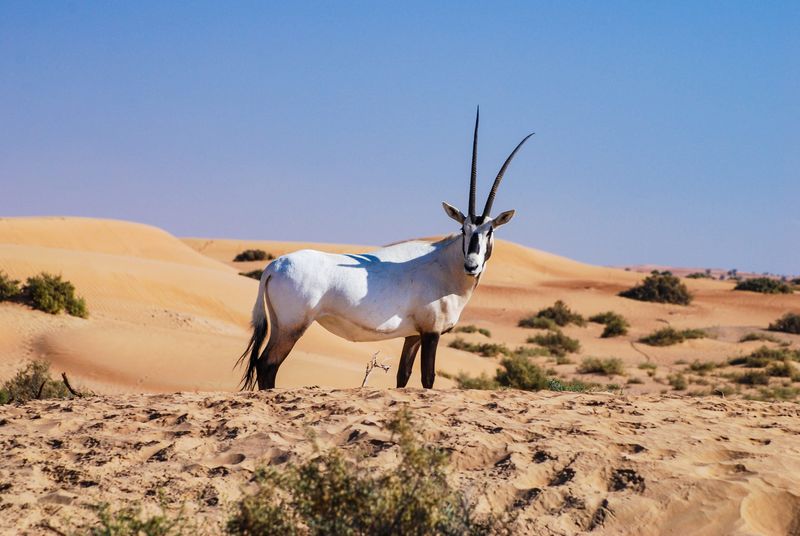
The Arabian Oryx, once declared extinct in the wild by the 1970s, has made a remarkable comeback. This elegant antelope, with its long, straight horns, was successfully bred in several prominent zoos. The coordinated global efforts led to their reintroduction to the Arabian Peninsula. Today, thousands roam free, thriving in their natural habitat. The sight of these graceful creatures in the desert is a testament to the success of collaborative breeding programs and the unwavering dedication of conservationists worldwide.
Przewalski’s Horse
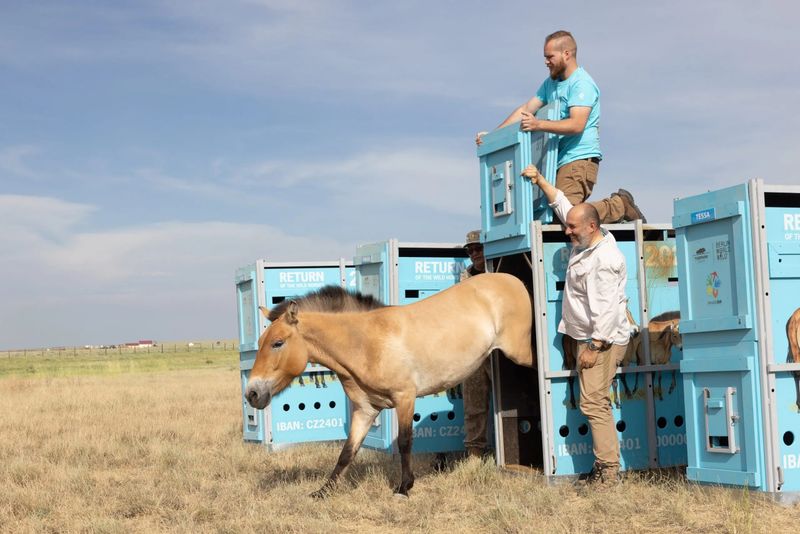
Przewalski’s Horse, known as the last truly wild horse, was once extinct in the wild. Through comprehensive zoo breeding programs, these robust animals have been successfully reintroduced into Mongolia’s vast grasslands. Their presence there signifies the effectiveness of global conservation initiatives. These sturdy horses, with their unique physical traits, represent a critical link to our planet’s natural heritage. Grazing peacefully, they are a living testament to the power of human intervention in preserving biodiversity.
Black-Footed Ferret
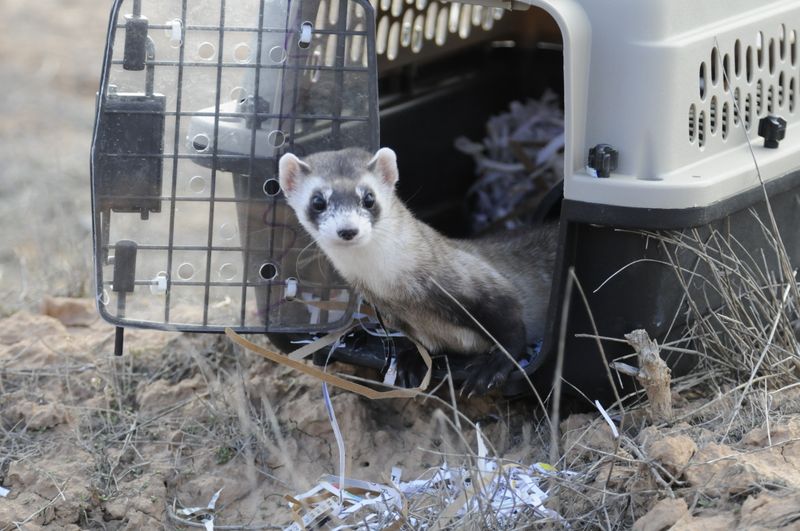
The black-footed ferret, once presumed extinct, was rediscovered in Wyoming in the 1980s. From this small population, dedicated zoo breeding programs were established. These efforts have successfully reintroduced hundreds into their native prairie habitats. With its playful nature and distinctive black mask, the ferret captivates both conservationists and the public alike. A symbol of hope and resilience, its recovery story underscores the importance of preserving endangered species and their ecosystems.
Golden Lion Tamarin
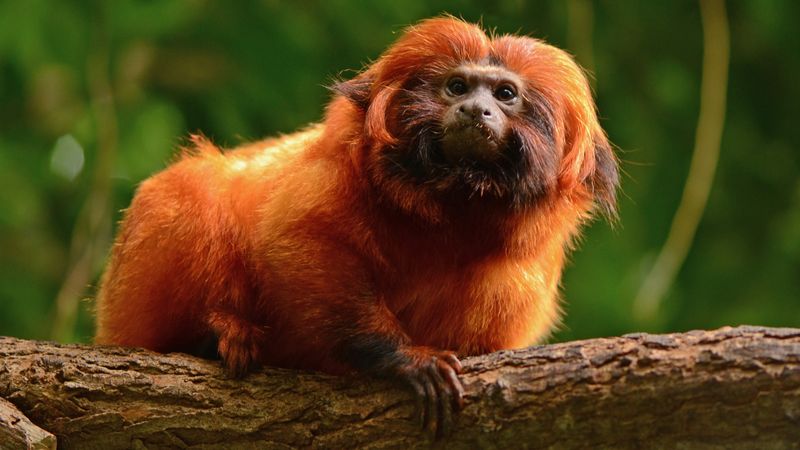
The Golden Lion Tamarin, with its vibrant golden-orange mane, faced existential threats due to habitat loss in Brazil. Zoos around the globe rallied to increase their population through cooperative breeding programs. These small, charismatic monkeys now enjoy a second chance as reintroduction efforts into protected reserves gain momentum. Their story highlights the vital role of zoos in rainforest conservation. Observing them playfully swing through the trees, one can’t help but admire their spirited fight for survival.
Bongo (Mountain Bongo)
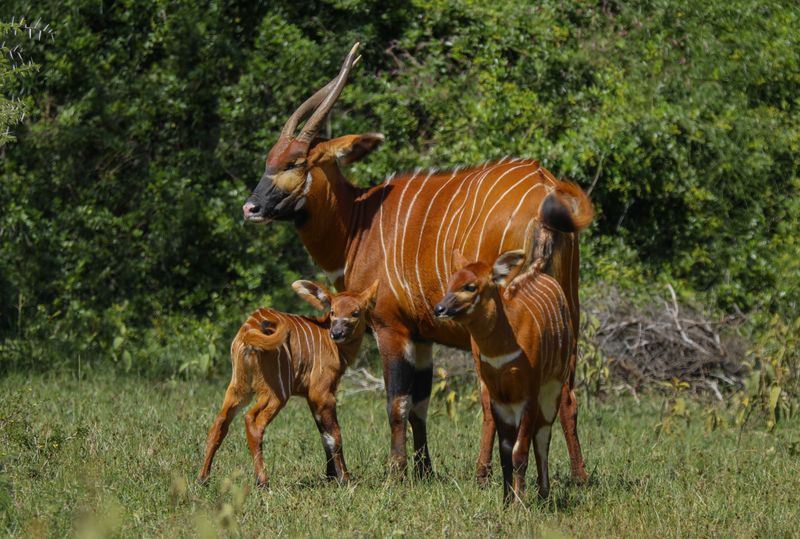
The Mountain Bongo, critically endangered in Kenya, is an elusive forest antelope with a striking appearance. Its survival owes much to ex-situ breeding programs led by zoos worldwide. Now, as reintroduction plans take shape, these beautiful creatures are poised to return to their native habitats. Their graceful movements through the dense forest reflect centuries of adaptation, and their revival story is a beacon of hope for conservationists fighting against biodiversity loss.
Axolotl
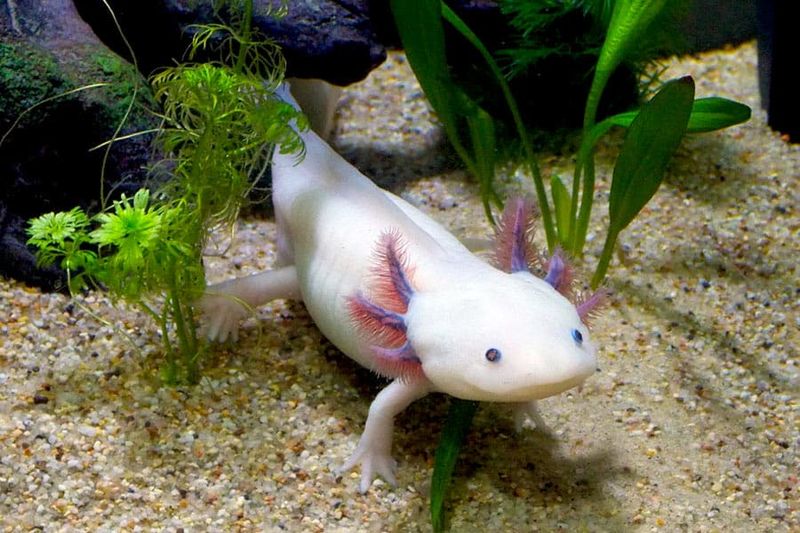
The Axolotl, a unique amphibian native to Mexico, faces severe threats in the wild. Zoos and aquariums have become safe havens, maintaining healthy captive populations. This remarkable creature, known for its regenerative abilities, captivates scientists and aquarium enthusiasts alike. While wild populations dwindle, these efforts keep hope alive for future restoration initiatives. The Axolotl’s resilient nature and charm make it a favorite subject of study and a symbol of conservation success.

